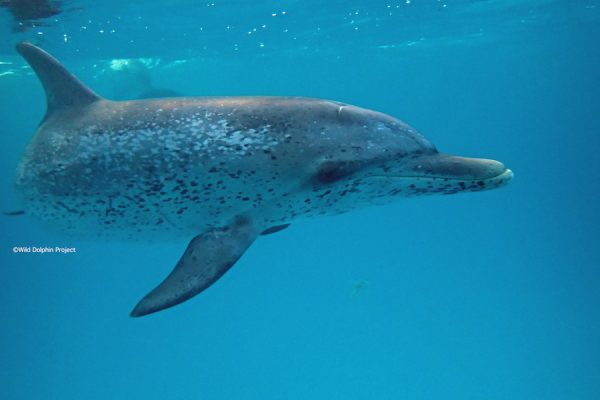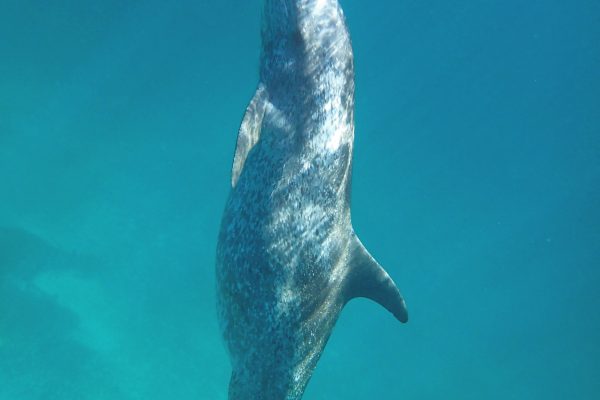2019 Field Season: Trip 1
Finally, the 35th field season has started! We had a great first trip with dolphins and with our passengers aboard R/V Stenella. Our encounters weren’t the longest, but we had a lot and we saw just about everything. We had Atlantic spotted dolphins, bottlenose dolphins, interspecies interactions, crater feeding, play,
2018 Field Season: Trip 8 & E.A.R. update
TRIP 8 – E.A.R. work and finding our missing dolphins! By Dr. Denise Herzing Well, after reviewing two months of E.A.R. (Ecological Acoustic Recorder) data we began seeing a clear pattern for one of our locations. Using this knowledge, we set out on Trip 8 to find some of the


